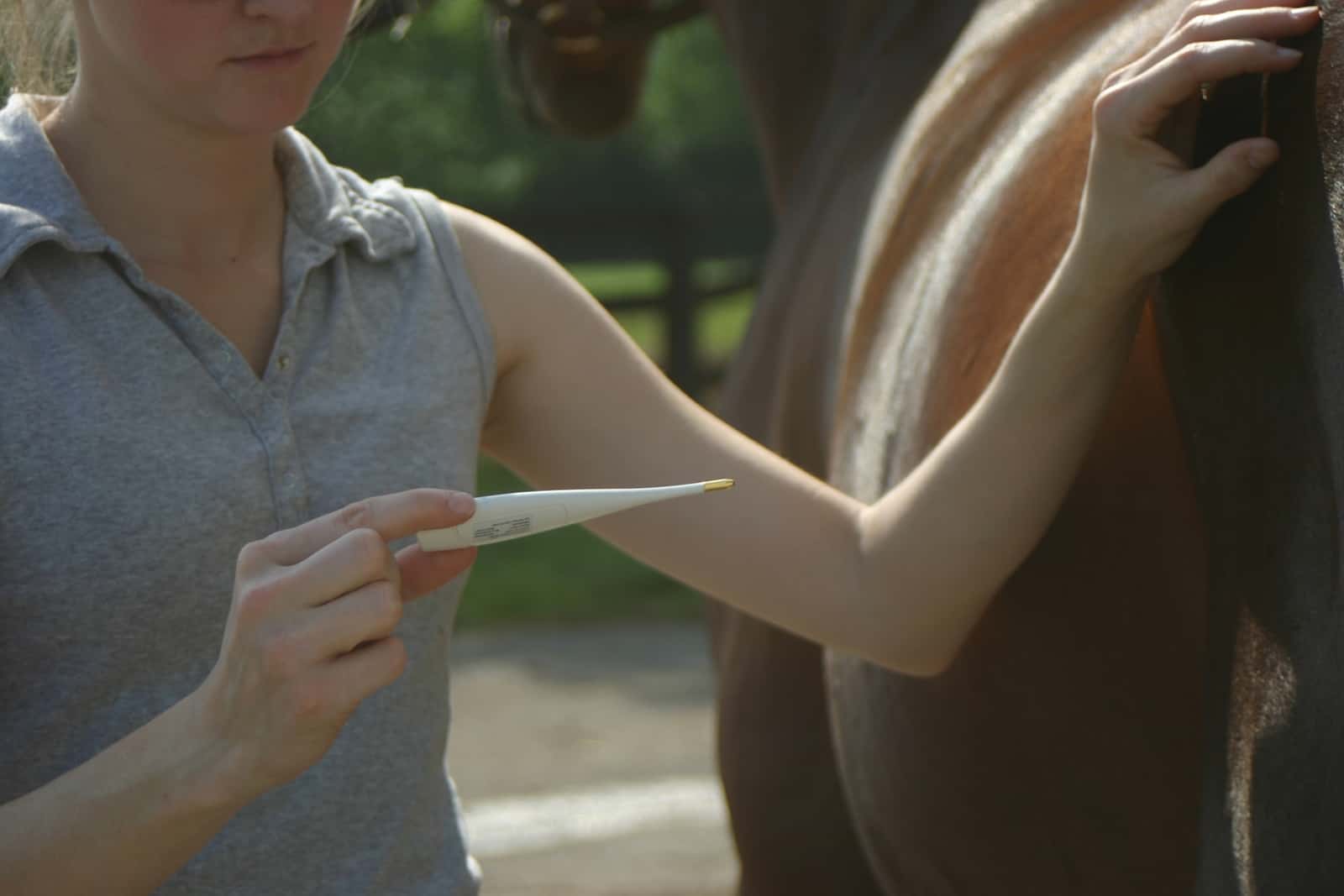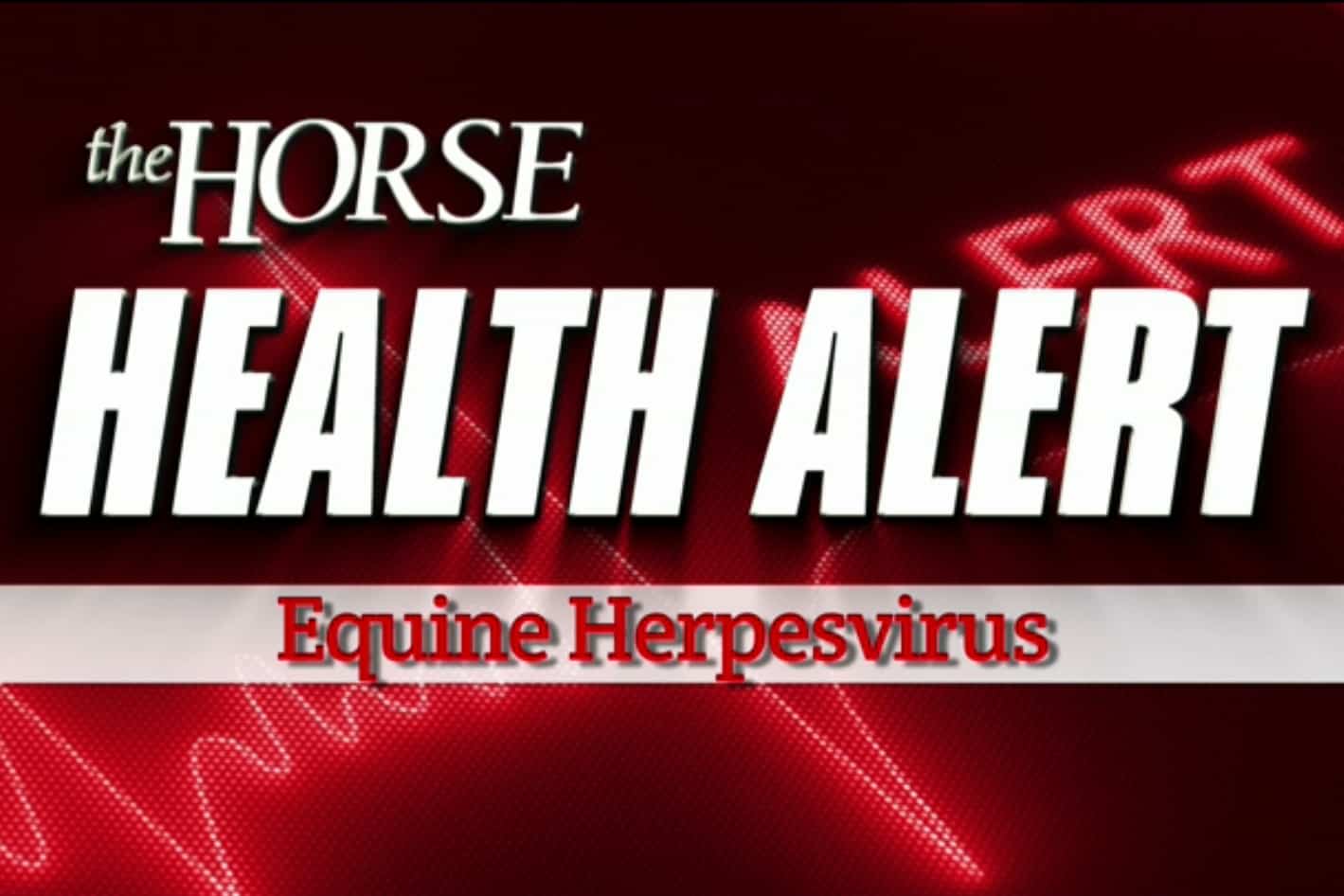Two Florida Horses Confirmed With Neurologic EHV-1

On March 2, officials at the Florida Department of Agriculture and Consumer Services (FDACS) confirmed that a Marion County horse tested positive for equine herpesvirus-1 (EHV-1) neurotrophic strain. The affected horse, an 8-year-old Warmblood mare, presented to a private veterinarian on March 1 with neurologic signs that consisted of ataxia (loss of muscular control) and hind-limb weakness. As of March 3, the mare continued treatment at an isolation facility, and no additional EHV cases were reported. Fifty-three horses at the boarding facility were initially exposed.
The state’s Division of Animal Industry placed the mare’s home premises under quarantine and launched an investigation. Although no additional movement restrictions have been enacted by Florida or other states, FDACS recommends that horse owners and trainers who plan to travel with their horses contact their destination venue prior to departure for any potential requirements.
On March 4, an additional horse, which was stalled immediately adjacent to the affected horse at the farm, was also confirmed positive. Its sole clinical sign was fever. It is also being treated and monitored at a separate isolation facility.
The index horse was housed at the World Equestrian Center Barn D during week seven, and the second horse was housed in Barn D during week eight. The second horse left the World Equestrian Center on Feb. 25.
As a result of the recent EHV-1 outbreak in Europe, FDACS encourages all facilities that will be importing horses from the affected areas of Europe into Florida to impose strict biosecurity protocols, including monitoring horse health and taking temperatures twice daily for 14 days.
The agency requests that the equine community diligently practice biosecurity measures and report any suspected cases of EHV-1 to 850/410-0900 Mon. through Fri. between 8 a.m.-5 p.m. and 800/342-5869 after hours and weekends, or email rad@FDACS.gov.
EHV 101
Herpesvirus is highly contagious among horses and can cause a variety of ailments in equids, including rhinopneumonitis (a respiratory disease usually found in young horses), abortion in broodmares, and equine herpesvirus myeloencephalitis (EHM, the neurologic form).

In many horses, the first or only sign of EHV-1 infection is fever, which can go undetected. In addition to fever, other common signs of EHV-1 infection in young horses include cough, decreased appetite, depression, and a nasal discharge. Pregnant mares typically show no signs of infection before they abort, and abortions usually occur late in gestation (around eight months) but can be earlier. Abortions can occur anywhere from two weeks to several months following infection with EHV-1.
Horses with EHM usually have a fever at the onset of the disease and might show signs of a respiratory infection. A few days later, neurologic signs such as ataxia (incoordination), weakness or paralysis of the fore- and hind limbs, urine retention and dribbling, loss of tail tone, and recumbency (inability to rise) develop.
Herpesvirus is easily spread by nose-to-nose or close contact with an infectious horse; sharing contaminated equipment including bits, buckets, and towels; or clothing, hands, or equipment of people who have recently had contact with an infectious horse. Routine biosecurity measures, including hygiene and basic cleaning and disinfection practices, should be in place at all times to help prevent disease spread.
Current EHV-1 vaccines might reduce viral shedding but are not protective against the neurologic form of the disease. Implementing routine biosecurity practices is the best way to minimize viral spread, and the best method of disease control is disease prevention.
Written by:
Edited Press Release
Related Articles
Stay on top of the most recent Horse Health news with















